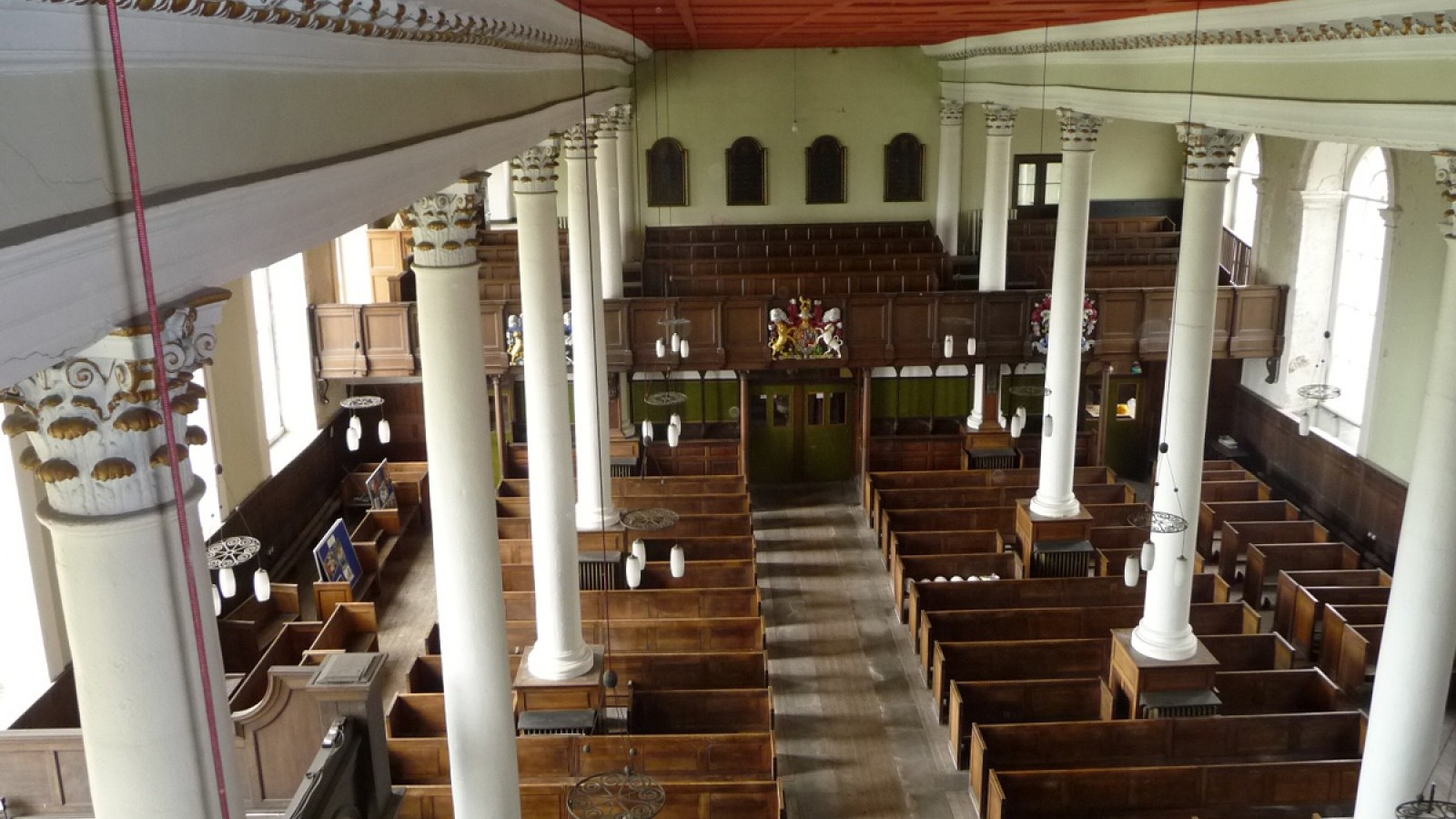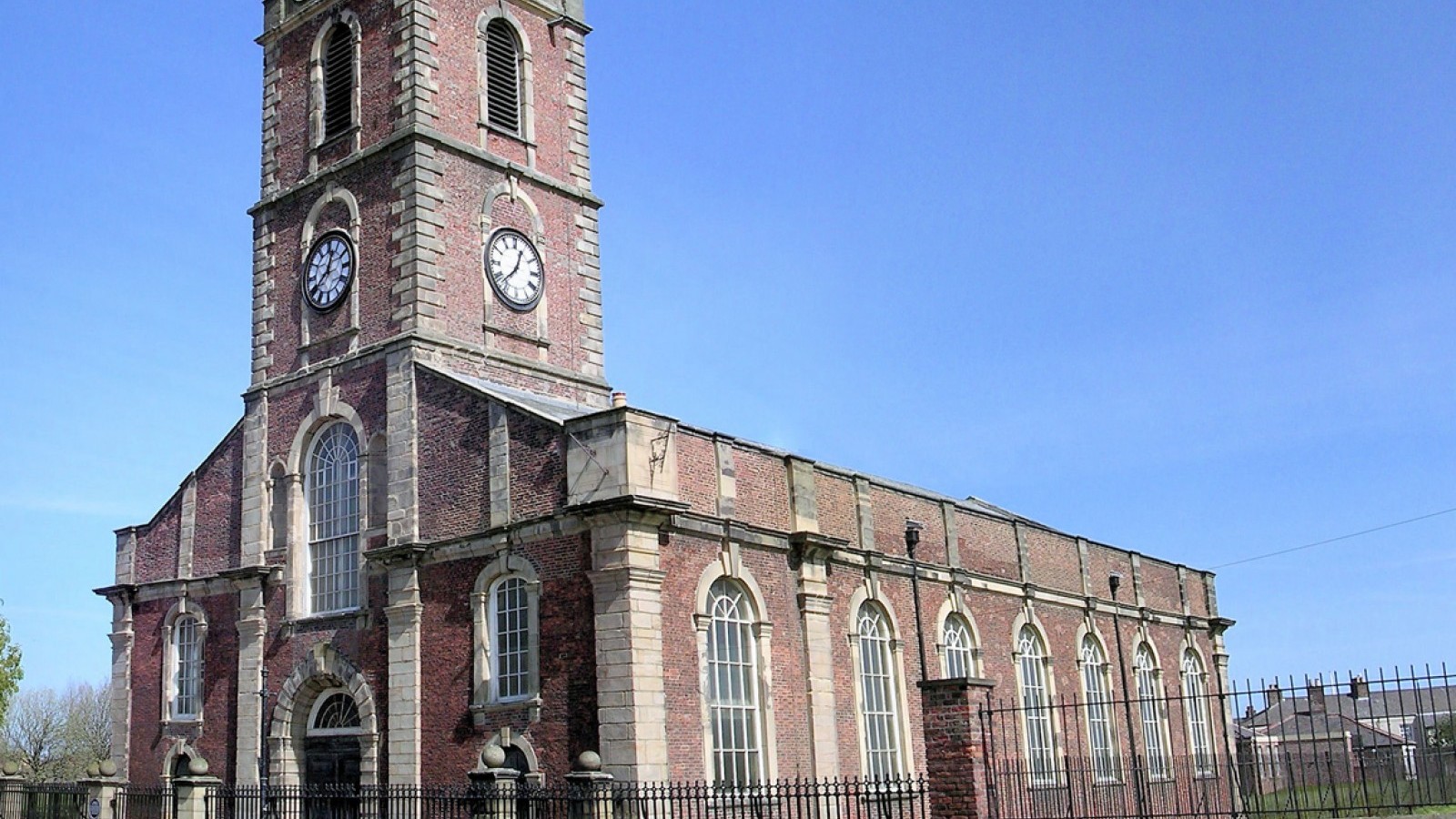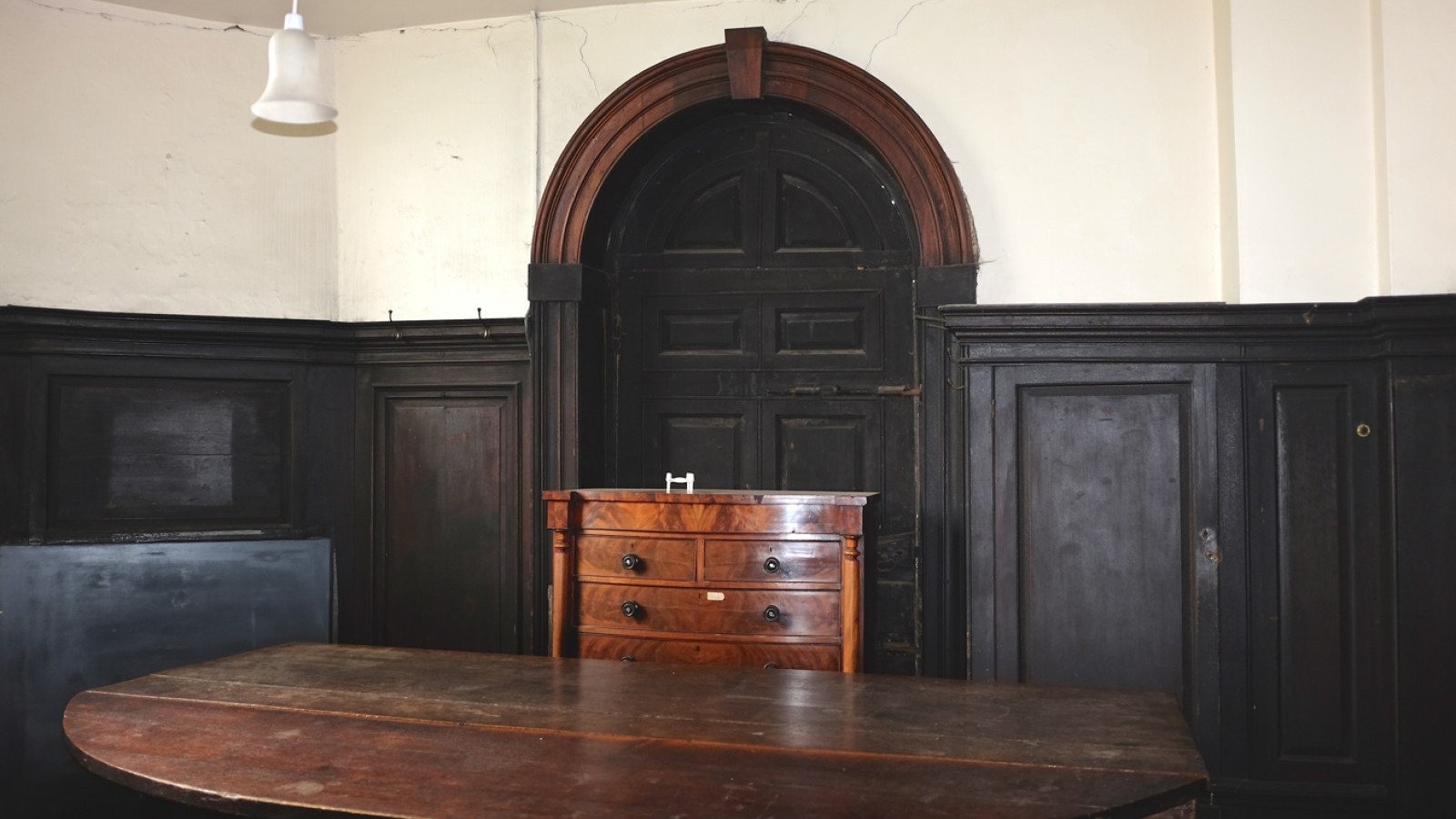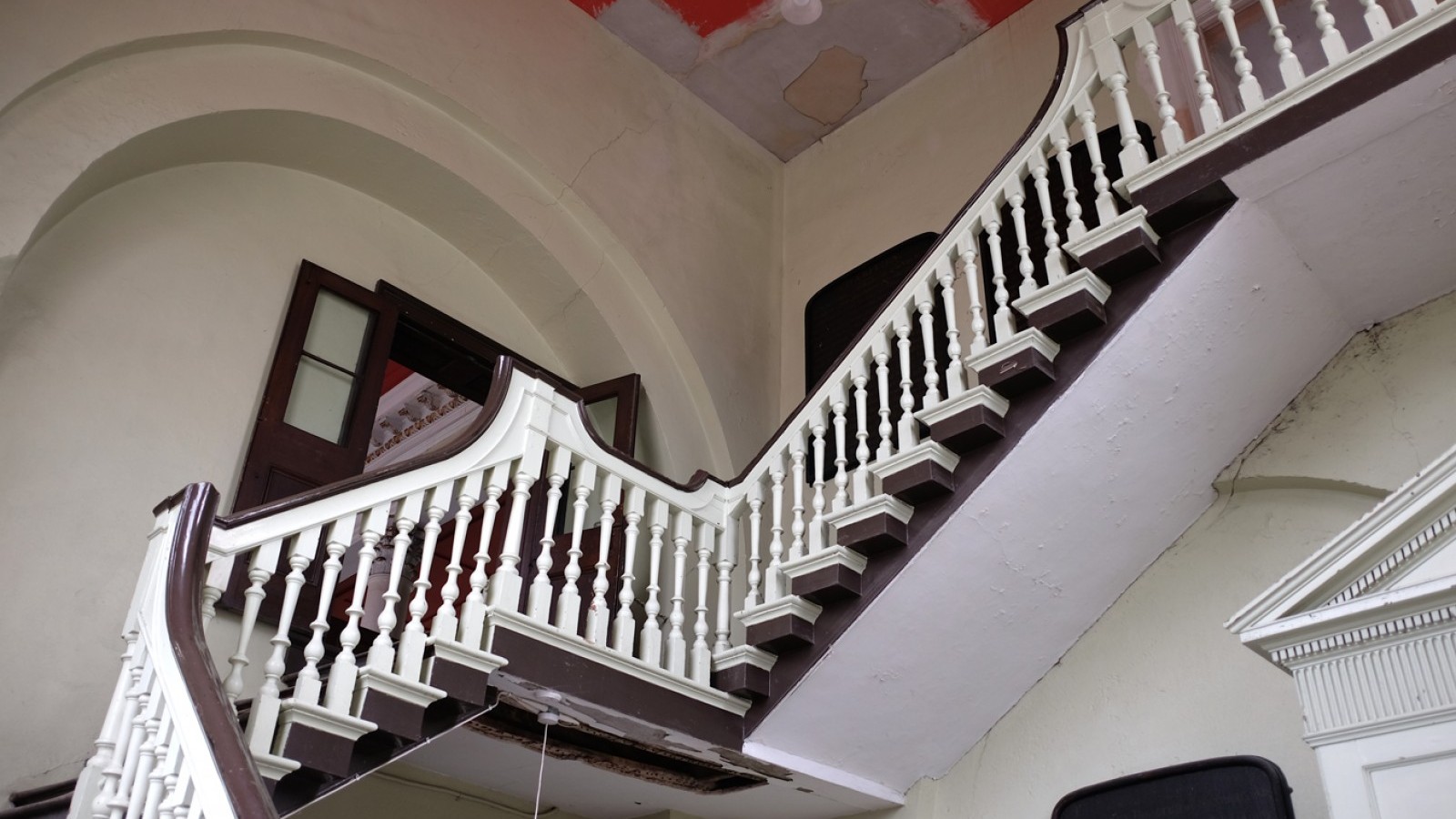Holy Trinity Church Sunderland
Paint analysis was carried out as part of the exciting effort to redefine the use of this Grade I listed redundant church.
Having fallen into significant disrepair, the Churches Conservation Trust led a design team to redefine the use of this Grade I listed church as a new community and commercial performance venue, as well as a heritage attraction.
Constructed in 1719, Holy Trinity Church has remained largely intact for three centuries with many of its early features, fixtures and fittings still surviving.
We were commissioned to carry out paint analysis in order to help understand the significance of this building, and help transform it into a centre of stories that will bring to life the unique history of the space and city. We achieved this by:
- Removing a large number of paint samples from key areas inside the building
- Conducting analysis on the samples
- Carefully uncovering specialised historic decorative schemes
This allowed us to define a complete chronology of the decorative schemes and colours applied throughout the church’s history. Of particular interest was the early nineteenth-century scheme of trompe l'oeil fielded panelling uncovered in the apse.





